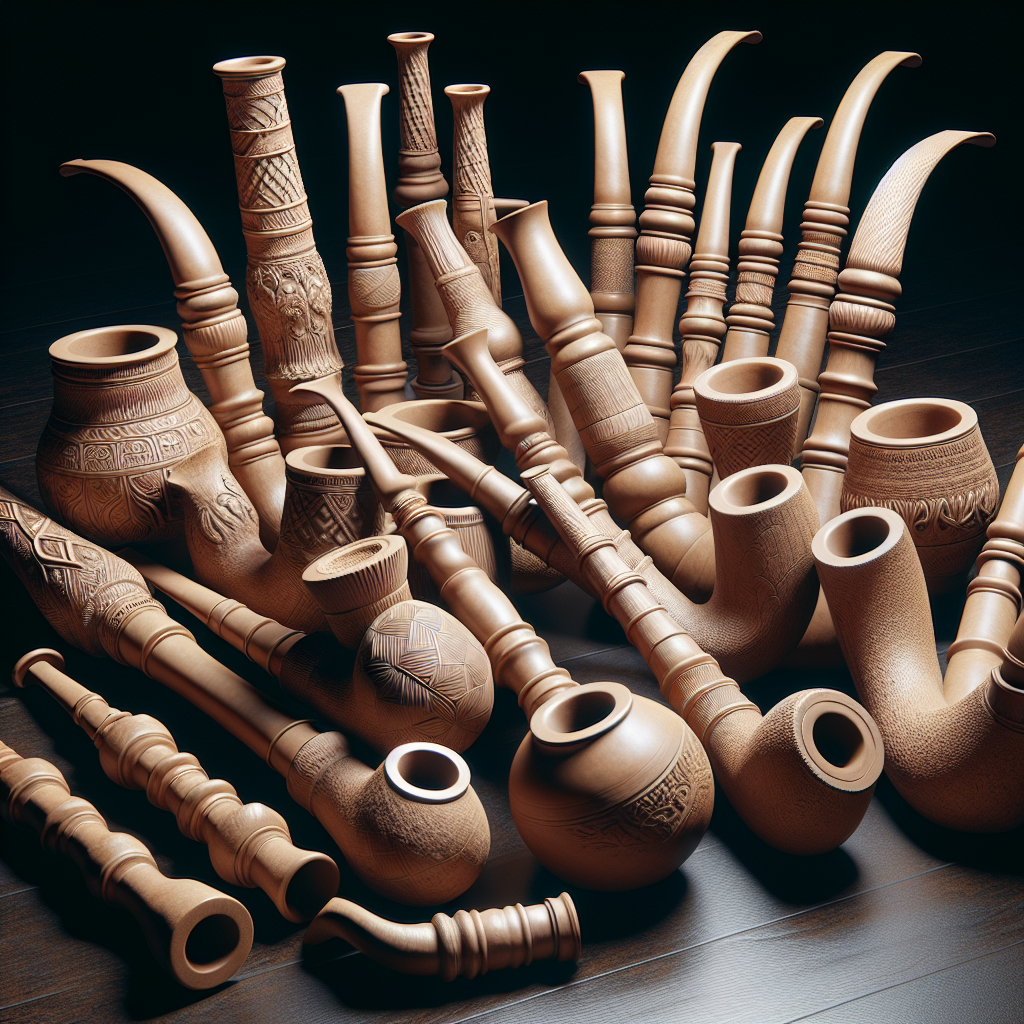Clay Pipes: The Original Vape Pens of the 16th Century
Imagine a time when the most scandalous thing you could do was puff on a clay pipe. That's right, folks, we're talking about the 16th century, when these little ceramic wonders were all the rage across Europe. Originating in England, clay pipes became the must-have accessory for anyone who was anyone. They were the original vape pens, minus the fruity flavors and USB charging ports. But why were these simple smoking devices so popular, and what can they tell us about the people who used them?
First off, let's talk about the who. Clay pipes were used by everyone from the common man to the upper echelons of society. They were the great equalizer, a rare commodity that transcended social classes. Whether you were a peasant or a prince, if you had a clay pipe, you were part of the in-crowd. The what is simple: these were small, often intricately designed pipes made from clay, used primarily for smoking tobacco. The when is the 16th century, a time when tobacco was the new kid on the block, having been introduced to Europe from the New World. The where is primarily England, but these pipes quickly spread across Europe and even made their way to the American colonies. The why is perhaps the most interesting part: smoking was seen as a sophisticated pastime, a way to relax and engage in social activities.
Now, let's get into the nitty-gritty of why clay pipes were so significant. For starters, they were cheap and easy to produce. Unlike today's overpriced gadgets, clay pipes were accessible to the masses. This affordability made them a staple in households across Europe. They were also disposable, which meant you didn't have to worry about cleaning them. Just toss it out and get a new one. Talk about convenience!
But here's where it gets juicy. Clay pipes were more than just smoking devices; they were status symbols. The more elaborate the design, the higher your social standing. Some pipes were so intricately crafted that they were considered works of art. Imagine that—a piece of clay you could smoke and then display on your mantelpiece. It's like having a Fabergé egg you can puff on.
Now, let's address the elephant in the room: the health risks. Back then, people didn't know that smoking was bad for you. In fact, it was often prescribed by doctors for various ailments. Can you believe that? Today, the idea of a doctor recommending smoking is laughable, but in the 16th century, it was the norm. This ignorance only added to the allure of clay pipes, making them even more popular.
Fast forward to today, and clay pipes are mostly relics of the past. They're dug up by archaeologists and displayed in museums, serving as a window into a bygone era. But their legacy lives on in modern smoking culture. Whether it's the sleek design of a vape pen or the classic look of a tobacco pipe, the influence of clay pipes is undeniable.
So, why should you care about these ancient smoking devices? Because they offer a fascinating glimpse into the past, a time when smoking was a social activity rather than a health hazard. They remind us that trends come and go, but the desire to fit in and be part of something bigger than ourselves is timeless. And let's be honest, there's something undeniably cool about the idea of a 16th-century hipster puffing on a clay pipe, thinking they're the bee's knees.
In the end, clay pipes were more than just a way to smoke tobacco; they were a cultural phenomenon that shaped social interactions for centuries. They were the original status symbols, the must-have accessory for anyone who wanted to be seen as sophisticated and worldly. So next time you see a clay pipe in a museum, take a moment to appreciate its history and the role it played in shaping the world we live in today.

